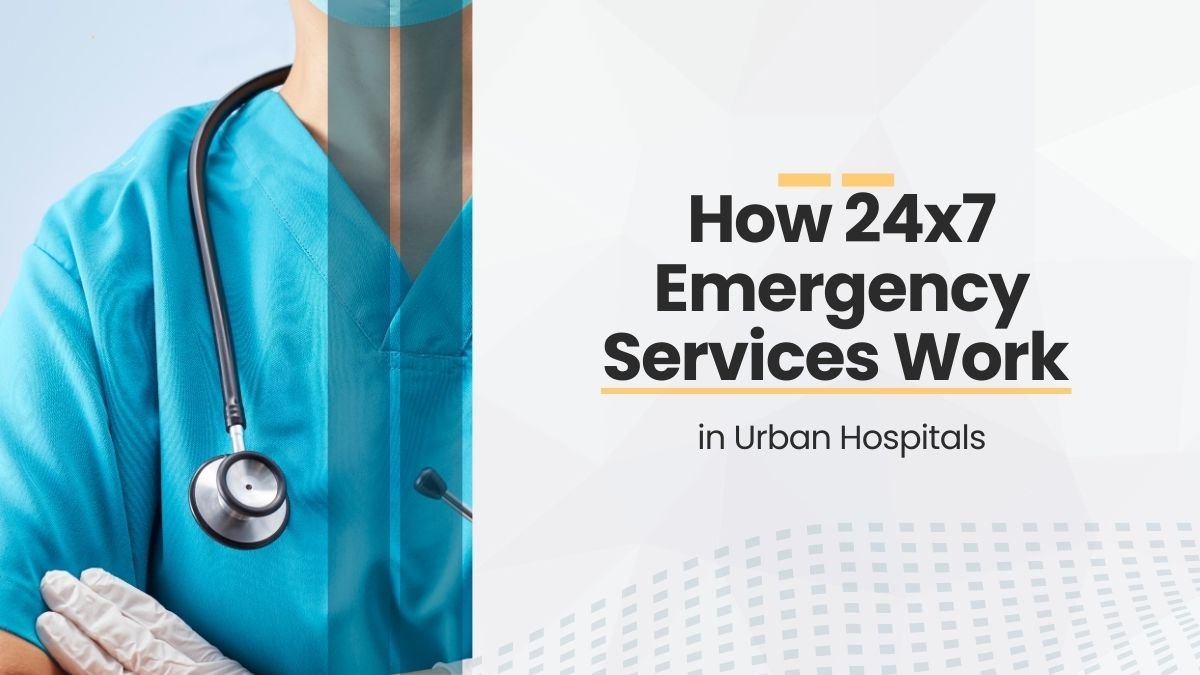Telemedicine: Now doctor’s advice is just a click away
Have you ever thought that you can get advice from a doctor without going to the hospital? Or you can monitor your health from home? In today’s time, when technology has advanced so much, the trend of telemedicine is increasing rapidly. Now many hospitals and healthcare institutions in the country and the world are trying to give better, faster and convenient treatment to the patients by adopting telemedicine.
In this article, we will understand what is telemedicine, how it works, what are its benefits, what are the challenges in it and what does its future look like.
What is telemedicine?
Telemedicine is a system in which the doctor and the patient can talk to each other through video call, phone call, or app, without meeting face to face.
That is, the patient does not need to come to the hospital, and the doctor can also give advice online by looking at the patient’s reports and symptoms.
This is especially beneficial for those:
- Who live in remote areas
- Elderly or sick, for whom traveling is difficult
- Or whose illness is minor and does not require frequent hospital visits
How is telemedicine being adopted in hospitals? – Some key strategies
- Virtual Consultation
Doctors and patients can talk face-to-face through video calls. The patient describes symptoms, the doctor assesses via screen and can send an e-prescription.
Example: During the Corona period, millions of people talked to the doctor on video call from their homes and got medicine prescribed. - Remote Monitoring
Devices and smart watches record data such as heart rate, blood pressure, oxygen level, blood sugar. This data goes directly to the doctor’s system for monitoring.
Example: Diabetes patients send daily blood sugar reports to their doctor, allowing timely treatment adjustments. - Integrated Health System
Electronic Health Records (EHR) are linked to telemedicine platforms, letting doctors view previous treatments, test reports, allergies, and medication history on one screen, making treatment faster.
Benefits of Telemedicine – Why it is becoming necessary
- Distance problem ends
People in villages or remote areas can connect with experienced doctors in big cities without traveling.
Example: A patient in a Rajasthan village can consult a Delhi doctor via video call. - Costs are reduced
Saves travel and stay expenses, reduces hospital overhead, and enables doctors to see more patients. - Patient participation increases
Easier consultations lead to regular follow-ups, report sharing, and active involvement in treatment.
Challenges in telemedicine – what needs to be addressed?
- Legal rules and state-wise policies
Varying policies and insurance rules across states complicate billing and coverage for online consultations. - Lack of technical facilities
Not everyone has a smartphone or fast internet, especially the elderly and rural populations. - Privacy and security
Patient data (health records, disease history) must be secured, requiring platforms to meet data security regulations.
New trends in telemedicine – where is this technology going?
- Investment in hospitals is increasing
Hospitals and healthcare groups are building telehealth infrastructure, training doctors, and developing better patient apps. - Hybrid model – a combination of online and offline
Mild cases are handled online; serious cases or physical exams require hospital visits, balancing convenience and care quality.
Future of telemedicine – where will this technology go next?
Telemedicine will become more advanced, integrating AI, machine learning, and robotic healthcare. Possible future developments:
- The doctor’s face displayed as a hologram
- Smartwatches detecting illnesses and alerting doctors immediately
- Most treatment processes conducted at home
Conclusion – Health care is now easier
Telemedicine is no longer a fantasy but a present reality. It removes distance barriers between doctor and patient, making treatment more accessible, affordable, and faster.
Adopting telemedicine strengthens healthcare systems and transforms lives. Whether you run a hospital, are a doctor, a patient, or an informed citizen, embracing telemedicine is the need of the hour.









